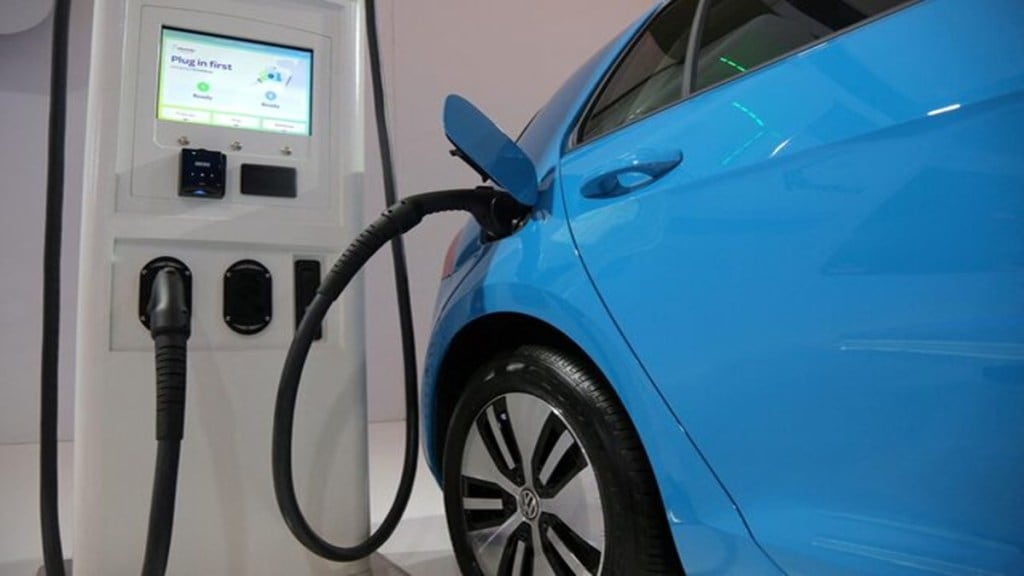The auto sector is inching towards a serious production crisis, and the government should not treat it as a future problem. The rare earth magnet (REM) shortage, triggered by China’s export controls, is already tightening its grip on electric and even internal combustion engine vehicle manufacturing. Bajaj Auto Managing Director Rajiv Bajaj recently said that the company may be forced to halt EV production in the coming weeks. Maruti Suzuki has slashed its EV production target for the e-Vitara by nearly 70%. Maybe Bajaj is being too alarmist, but the fear of supply chain disruptions are certainly real if imports don’t resume. So, to delay action on the premise that problems may surface maybe next year or so is risking a lot.
Long-Term Planning Alone Won’t Cut It
While it’s encouraging that the government is working on an incentive scheme to spur domestic REM manufacturing and is scouting for alternative international suppliers, these are long-gestation solutions. Reports suggest that India has recently sought permission from the United Nations, specifically through the International Seabed Authority, to explore rare earth elements and other critical mineral reserves in the Arabian Sea as well as the broader Indian Ocean Region. The move is good, but mining and refining the country’s own reserves, or creating a full magnet production value chain, is a multi-year project. So, too, is building supply partnerships with countries like Australia, Vietnam, or Japan.
Immediate Fixes Must Not Be Ignored
Therefore, what’s missing is swift, tactical action. Despite repeated requests, the government has so far not reduced duty on imports of fully built motors, which is an immediate solution that would bypass the current REM bottleneck and keep assembly lines running. Nor has it agreed to relax domestic value-addition norms under schemes like the auto performance-linked incentive (PLI), which would give companies the breathing space they need. Instead, the ministry of heavy industries is reportedly seeking wider industry consensus before moving. This approach misunderstands the nature of the industry. Auto manufacturing is highly diverse. Not all players are equally affected by the REM crunch, as some have enough inventory to ride out the next quarter and may even benefit if rivals falter. Expecting a unified industry position delays relief for those already under strain. The government must take a call not on the basis of aggregate sentiment, but on the nature and urgency of the problem. Yes, the broader context matters. Demand has been weak so far this fiscal, and production cuts in June and July have helped stretch existing inventories. Some manufacturers are deliberately slowing EV output to conserve rare earth components. But this is a temporary fix, not a solution. The moment demand rebounds, especially around the festive season, those buffers will vanish.
The government’s longer-term thinking is commendable. The country has significant REM reserves at the third-largest position in the world, and the push to develop domestic production is both necessary and overdue. The planned incentive scheme can lay the foundation for future resilience. But the immediate should not be sacrificed at the altar of the important. Production lines cannot be restarted overnight once they are shut. This is a time for the government to show pragmatism. Easing PLI localisation norms and reducing duty on fully-built motor imports should not be seen as policy rollbacks, but as necessary lifelines. The government must move with speed and clarity, not caution and consensus. Delay now will only mean that by the time long-term solutions kick in, the damage may have already been done.

